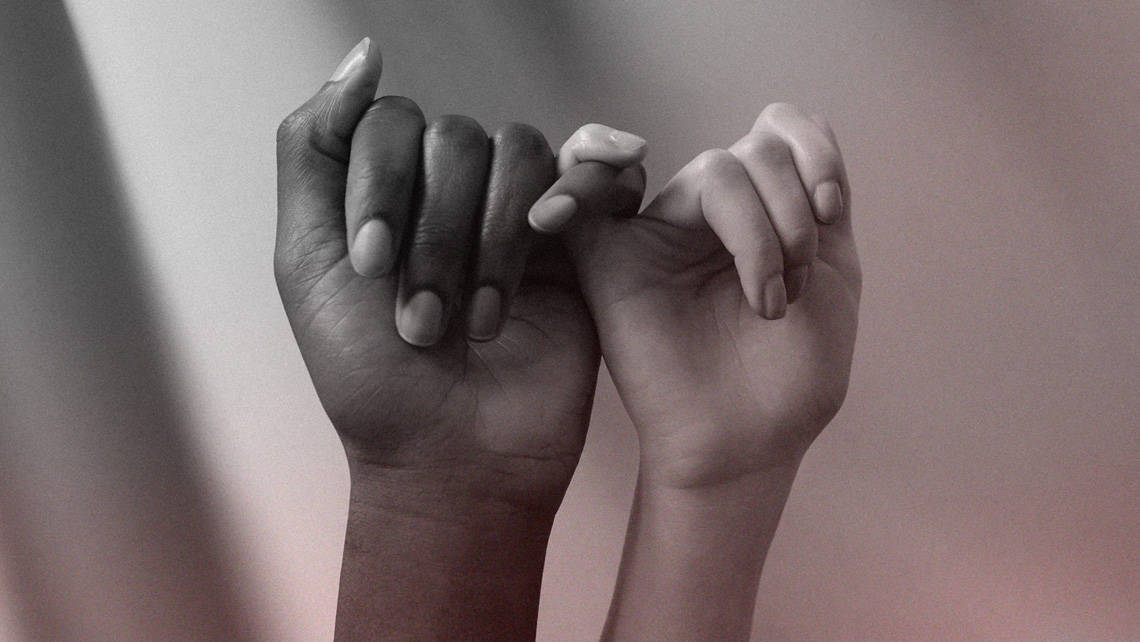
Female genital mutilation
Ablation or genital mutilation includes a series of practices consisting of the total or partial removal of the female external genitals, particularly the clitoris, with the purpose of eliminate all sexual pleasure in women for cultural, religious or any other non-medical reasons.
Genital mutilation as a submission tool
Ablation is mostly done on little girls and teenagers between 4 and 14 years old. However, in some countries it is even practiced on girls under one year of age. They are most commonly performed in western, eastern, and northeaster Africa, in some Asian countries and the Middle East.
According to UNICEF, more than 125 million women have been mutilated, and another 30 million may be in the next decade. Furthermore, these numbers are increasing in Europe, Australia, Canada and the United States, mainly among immigrants from Africa and South-West Asia.
It constitutes a fundamental violation of human rights among women and girls. It is an absurd practice, which violates the right to equal opportunities, and represents an extreme form of female discrimination. It completely violates the right to health, with atrocious and inhuman damage and abuse.
Impact in female health
Female genital ablation causes irreparable damage, also physically. Its immediate complications includes:
- severe pain,
- hemorrhage,
- wound infection and
- injury to near tissues.
Consequences in the long term may include:
- recurrent urinary infections,
- genital fistulas,
- sterility and
- significant risk of complications in childbirth with high maternal and newborn mortality.
Progress in legislation
This practice is, of course, forbidden in Spain, as the Spanish Penal Code includes, in articles 149 and 150, a specific reference to ablation that contemplates penalties of between six months and up to twelve years and withdrawal of parental authority. In addition, in 2005, Spanish legislation was modified to allow extraterritorial prosecution of the practice of female genital mutilation, since it is possible that girls may be cut on the trips they make to their countries of origin, for example, during the holidays.
In 2012, the UN General Assembly approved for the first time a resolution condemning female genital mutilation, demanding prohibition and punishment in all States member, considering it as “an irreparable and irreversible outrage that denies the human rights of women and girls ”, in addition to recalling that it poses“ a threat to women’s mental, sexual and reproductive health and may increase their vulnerability to HIV ”.
It is the responsibility of health professionals to detect girls at risk, providing their parents with as much information as possible about the serious consequences of this procedure. And in any case, research, dissemination and training of the medical community regarding corrective treatments should be encouraged. These often involve difficult repairs of the lesions, sometimes many surgical interventions and successive corrections are necessary.
There are already many NGOs dedicated to these activities, including specific hospitals for this type of surgery. And we know that hospitals in the Spanish public network also take care of these services.
Any effort directed to the prevention of this practice, and ultimately to improve the living conditions of women exposed to it is therefore welcomed.
IT MAY ALSO BE OF INTEREST TO YOU
